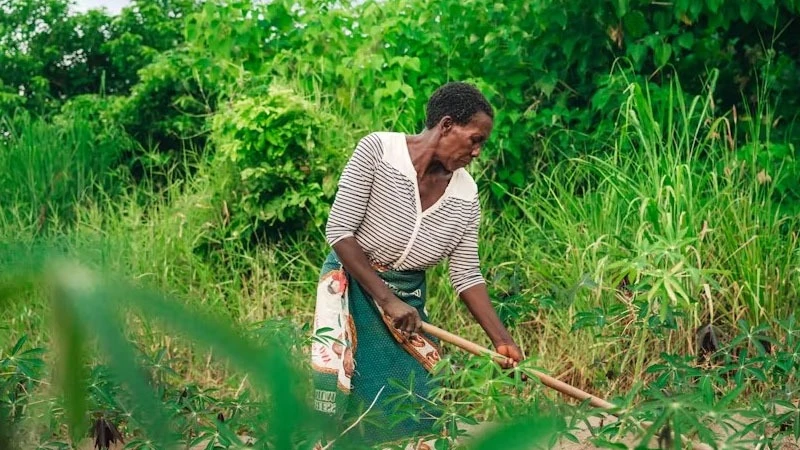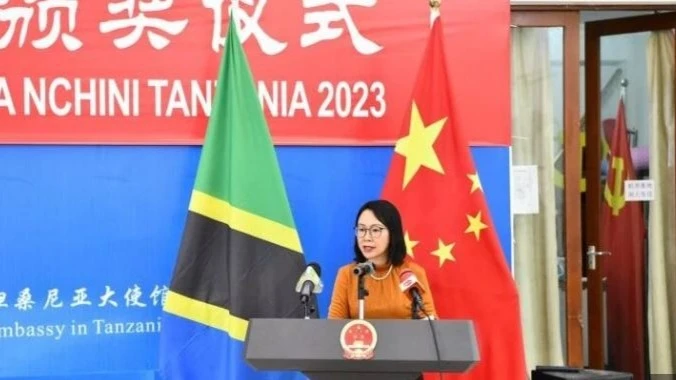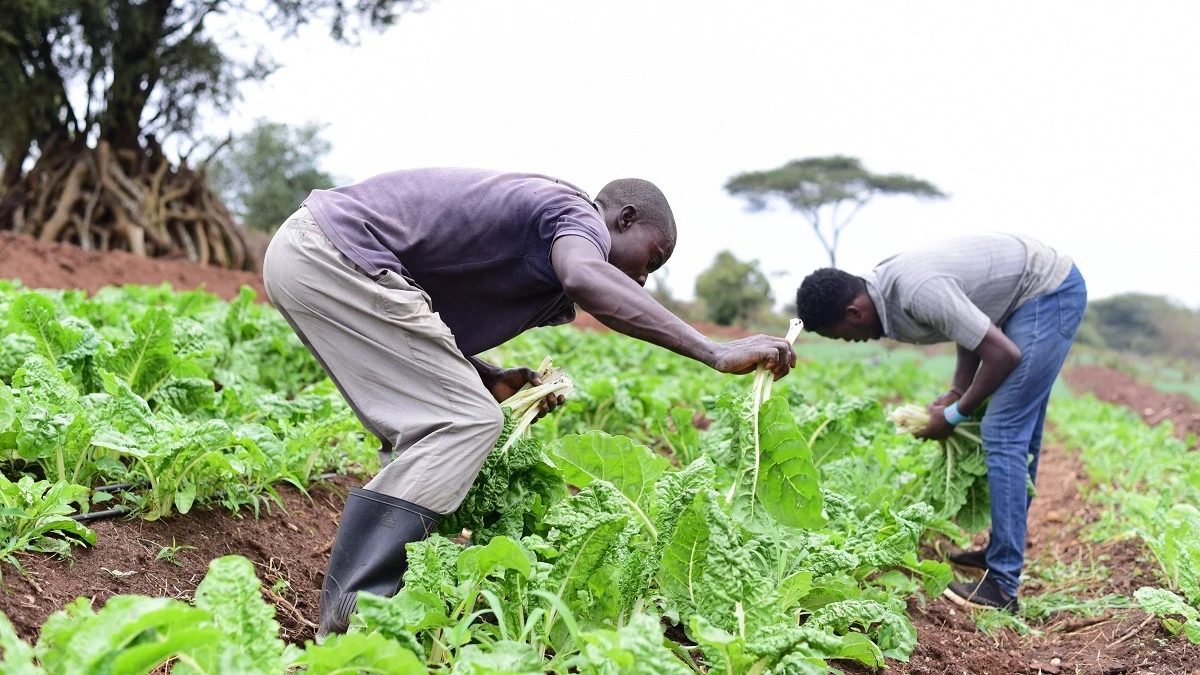Agro-sector needs to bow to microfinance lending terms

REWORKING agricultural financing rules could become a game of mirrors if some basic issues are obviated in favour of policy precedence as to who benefits, etc.
The idea is whether it is possible to formulate credit policy for agriculture that is geared to an agro-sector scenario as it is or whether there is need to change that scenario as a precondition for effective or non-discriminatory lending.
The problem appears to be that policy makers may be wishing to address bottlenecks in accessing capital in the agriculture sector the way it is organised at present, and having visitors from outside touched on the need to transform it.
The whole issue came from recent reflection by a minister wishing to change the outlook of the financial sector to suit agriculture in the country, as lending in that direction is far too low.
Out of over 25trn/- commercial lending last year, just 3trn/- went to agriculture, while the minister believes that at least 30 per cent of lending needs to be directed to the sector – which employs up to 80 per cent of the country’s population.
There is no issue as to the righteous character of that wish, but it is a structural adversity – seeing the United States, the leading agricultural producer in the world, having just about five per cent of its population in farms.
It is easier for the government to pass a law to end the 80 per cent of the population tied to agriculture than it is likely to do so with 30 per cent of financial sector loans directed to the sector.
It is easy to see where rational reforms are needed as opposed to reforms wanted by the breadth of the leadership and vast sections of society leading to banks and other financial institutions being compelled to lend to agriculture as a sector.
The minister observed that our financial infrastructure currently does not finance the business concept – and a scenario the government wants changed.
So, the problem of how many such business ideas can be loaned without a threat to payment probability is anyone’s guess.
A good business idea might fail in the market, and many good business ideas soon saturate the market and many such producers will have nowhere to sell their goods.
But an even more important issue is that banks lend money to people while the money belongs to other people who need to have access to any amounts they want, and any failure to do so instantly brings panic to the public and harms financial sector stability, investments, etc.
Situations where financing agriculture is done via the microfinance lending policy are not necessarily a problem, as all lending to companies or non-registered business entities operating at less than 5m/- total capital is microfinance.
Most of our agriculture falls within this limit and, with many smallholder farmers having non-tradable customary land occupancy certificates, they have to take loans via ‘saccos’ (saving and credit cooperative societies) or ‘vicoba’ (village community banks) where they insure one another courtesy of group responsibility.
That such groups got up to half of 3.0trn/- last year in loans is proof that the system is working – and by no means bankrupt or even failing.
Top Headlines
© 2024 IPPMEDIA.COM. ALL RIGHTS RESERVED

















